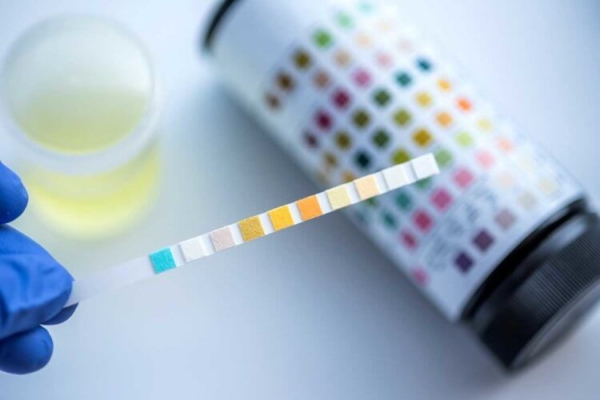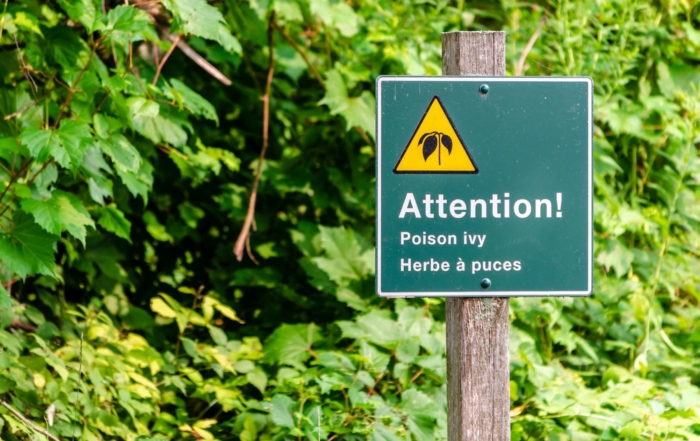Paced by a continuing increase in marijuana positivity rates, the positive drug test rate for U.S. workers reached its highest level in two decades in 2021, according to an annual analysis conducted by lab services provider Quest Diagnostics.
Researchers examined the results of more than 11 million samples taken last year for Quest Diagnotics’ Drug Testing Index from the combined U.S. workforce – both the general workforce and employees in safety-sensitive jobs who undergo federally mandated drug testing (e.g., pilots, truck drivers, train conductors and nuclear power workers). Overall, 4.6% of the samples tested positive – up from 4.4% in 2020 and the highest percentage observed since 2001, when it was also 4.6. That figure is more than 30% higher than the 30-year low of 3.5% recorded in 2010, 2011 and 2012.
For all workers, urine samples had a marijuana positivity rate of 3.9% last year – the highest ever recorded. That percentage is up 8.3% from 3.6 in 2020 and up 50% from 2.6 in 2016. Among the federally mandated, safety-sensitive workforce, urine samples had a marijuana positivity rate of 0.86% last year, up from 0.79% in 2020 – an 8.9% increase.
The industries with the highest overall positivity rate increases were transportation and warehousing (to 5.5% from 4.4%), other services (to 6.6% from 5.7%) and retail trade (to 7% from 6.2%). Mining (to 3.7% from 3.1%), construction (to 4.6% from 4.1%) and manufacturing (to 4.5% from 4.1%) all saw increases of at least 0.5 percentage points. Finance and insurance was the only industry not to show an annual increase, remaining at 3.3%.
Other key findings:
- The overall positivity rate among the federally mandated, safety-sensitive workforce remained steady at 2.2% – but that’s up 4.8% since 2017.
- For federally mandated, safety-sensitive workers, the positivity rates for amphetamines and cocaine increased 7.8% and 5%, respectively.
- In the general workforce, positive urine tests for opiates fell 19%, and have fallen 56.4% over the past five years.
- Post-incident positivity among the general workforce has increased 26% over the past five years. Post-incident urine tests for marijuana and cocaine were up 63.4% and 266.7%, respectively, compared with pre-employment testing.
“Drug use affecting the work environment is a complex problem that is not going away,” Jenny Burke, vice president of the impairment practice at the National Safety Council, said in a Quest Diagnostics press release. “When workers use impairing substances, it can create incidents that compromise the safety of other workers and, in some cases, the general public. Employers should have the right and ability to maintain a substance-free workplace and the use of drug testing, including oral fluid, in addition to urine.”
This further emphasizes the importance of programs such as Employee Assistance Programs (EAP) which assist you if you need help regarding issues regarding personal matters, drug and alcohol abuse, mental health issues, family stress, work performance or other challenges in your life.
*Thanks to our friends at Safety and Health for some content in this piece
Recent Posts
Poison Ivy, Oak & Sumac Safety Guide for Landscaping, Construction, and Outdoor Workers
Why Construction and Outdoor Workers Need to Know About Poison Plants The CDC reports that 80-90% of adults develop rashes from poison ivy exposure, and [...]
Multi-State Business Operations: Insurance and Compliance Strategies for Growing New Hampshire Auto Companies
Picture a successful New Hampshire automotive dealership that starts with a single location in Manchester. Over time, they expand their service territory, hire employees who [...]
Revolutionary HSA Changes in the 2025 Budget Bill: Your Complete Guide to Expanded Benefits
Introduction: A Game-Changer for Healthcare Financial Planning The 2025 federal budget reconciliation bill, recently passed by the House, introduces the most significant expansions to Health [...]




